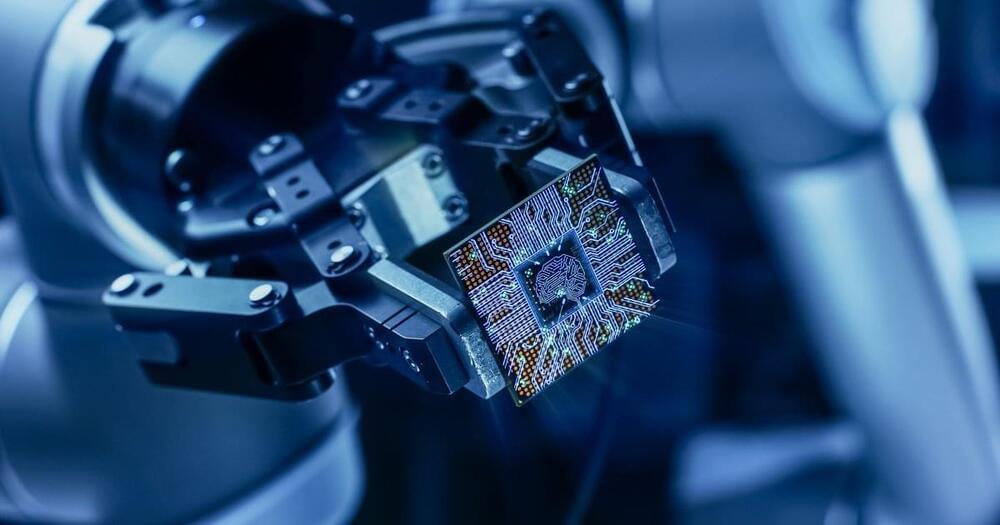CWI senior researcher Sander Bohté started working on neuromorphic computing already in 1998 as a PhD-student, when the subject was barely on the map. In recent years, Bohté and his CWI-colleagues have realized a number of algorithmic breakthroughs in spiking neural networks (SNNs) that make neuromorphic computing finally practical: in theory many AI-applications can become a factor of a hundred to a thousand more energy-efficient. This means that it will be possible to put much more AI into chips, allowing applications to run on a smartwatch or a smartphone. Examples are speech recognition, gesture recognition and the classification of electrocardiograms (ECG).
“I am really grateful that CWI, and former group leader Han La Poutré in particular, gave me the opportunity to follow my interest, even though at the end of the 1990s neural networks and neuromorphic computing were quite unpopular”, says Bohté. “It was high-risk work for the long haul that is now bearing fruit.”
Spiking neural networks (SNNs) more closely resemble the biology of the brain. They process pulses instead of the continuous signals in classical neural networks. Unfortunately, that also makes them mathematically much more difficult to handle. For many years SNNs were therefore very limited in the number of neurons they could handle. But thanks to clever algorithmic solutions Bohté and his colleagues have managed to scale up the number of trainable spiking neurons first to thousands in 2021, and then to tens of millions in 2023.
